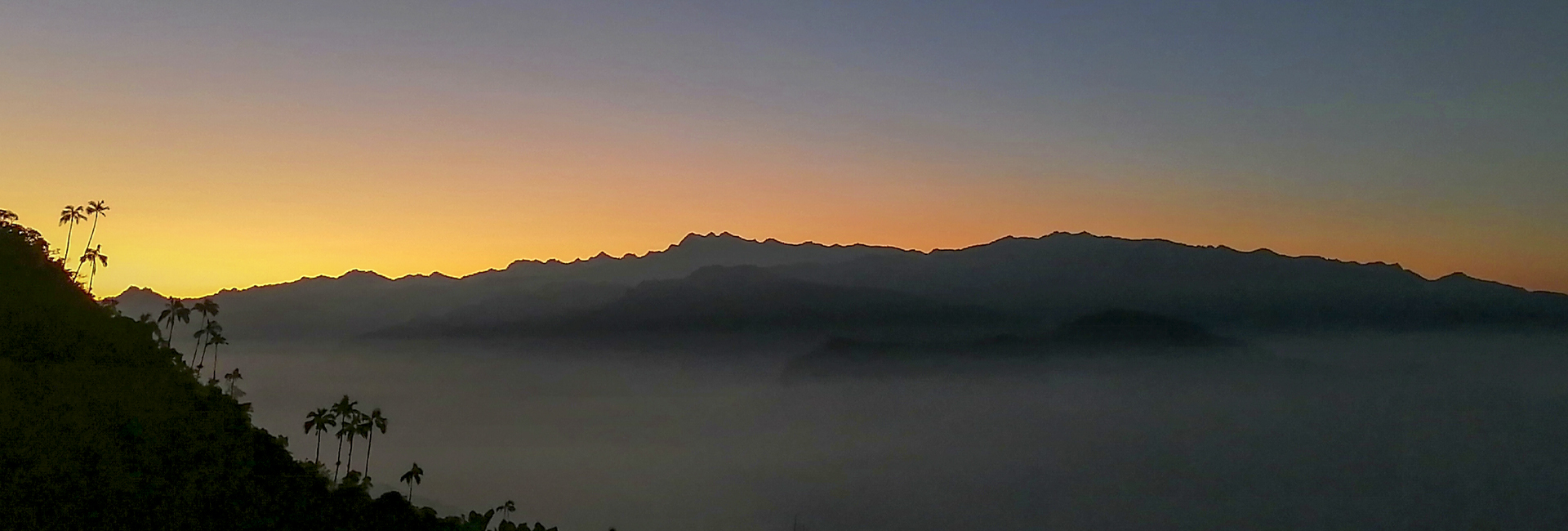

Day 6 – Flamencos Fauna and Flora Sanctuary Here we can watch flamencos feeding at Los Flamencos Fauna and Flora Sanctuary, located in the town of Camarones, 15 minutes south of Riohacha.


A great morning, with some important targets like Sapphire-bellied Hummingbird, Stripe-backed Wren, Olivaceous Saltator, Yellow Oriole, White-tipped Dove, Russet-throated Puffbird, Bronzed Cowbird, Great-tailed Grackle, Carib Grackle, Wattled Jacana, Purple Gallinule, Pied Puffbird, Bicolored Conebill. It also serves as a habitat and winter breeding ground for several bird species, has at least two endemic bird species, and is also a spawning ground for many fish species. The site is important for its mangrove ecosystem, which is the largest on the Caribbean coast of Colombia. After this morning, we had lunch and we enjoyed the feeders from restaurants to record and photograph the Golden-bellied Starfrontlet again, and then we went to the airport to wait for our flight to Barranquilla!ĭay 5 – Wetlands Rio Magdalena/Kilometre 4 The site is a coastal estuarine system with 20 lagoons of varying salinity, with several rivers running through the area and extensive zones of mangroves. In this morning wa saw some targets like Golden-bellied Starfrontlet, Lesser Violetear, Black Inca, Pale-edged Flycatcher, Flame-faced Tanager, Beryl-spangled Tanager, Black-capped Tanager, Metallic-green Tanager, Golden Tanager, Fawn-breasted Tanager, Brown-capped Vireo, Slate-throated Redstart. This park is amazing place to birding and wildlife, is a hotspot with 479 birds records in e-Bird. It has about 20 km of ecological trails, which will transport us to the time when the Muiscas (indigenous local people), ancient inhabitants of the area walked our mountains.

This morning we observed birds in the Guarija region, being here is always a great experience for bird watching, with many important targets such as White-capped Dipper, Eastern Meadowlark, Black-billed Mountain-Toucan, Black-capped Hemispingus, Black-eared Hemispingus, Barred Fruiteater, White-banded Tyrannulet, Andean Pygmy-Owl, Bluish Flowerpiercer, Masked Flowerpiercer, Smoky Bush-Tyrant, Scarlet-bellied Mountain Tanager, Muisca Antpitta (heard), Brown-backed Chat-Tyrant, Rufous-breasted Chat-Tyrant, Brown-breasted Parakeet.ĭay 4 – Chicaque Natural Park The Chicaque Natural Park is a member of the National Reserves unit, which has within its characteristics a cloud forest, located just a few minutes from Bogotá. It is home to over 400 species of birds, 260 mammals, 44 amphibians, and 29 reptiles, a mecca for wildlife viewing and nature enthusiasts. Day 2 – Chingaza National Park / Observatorio de Colibríes Chingaza was first declared a National Park in 1977 and today covers approximately 76,600 hectares that provides 80% of the drinking water of Bogota – the capital and largest city in Colombia, with altitudes ranging from 800 to 4,020 metres above sea level. After enjoying this magical place, to end the day, we went to Parque la Florida, one of the most outstanding parks in the west of Bogotá, with 267 hectares of land, with a very good diversity of urban birds (355 registered species ), and we were able to observe some of them such as Andean Duck, American Coot, Bare-faced Ibis, Neotropic Cormorant, Blue-winged Teal and the two important site targets like Bogotá Rail and Spot-flanked Gallinule.


 0 kommentar(er)
0 kommentar(er)
